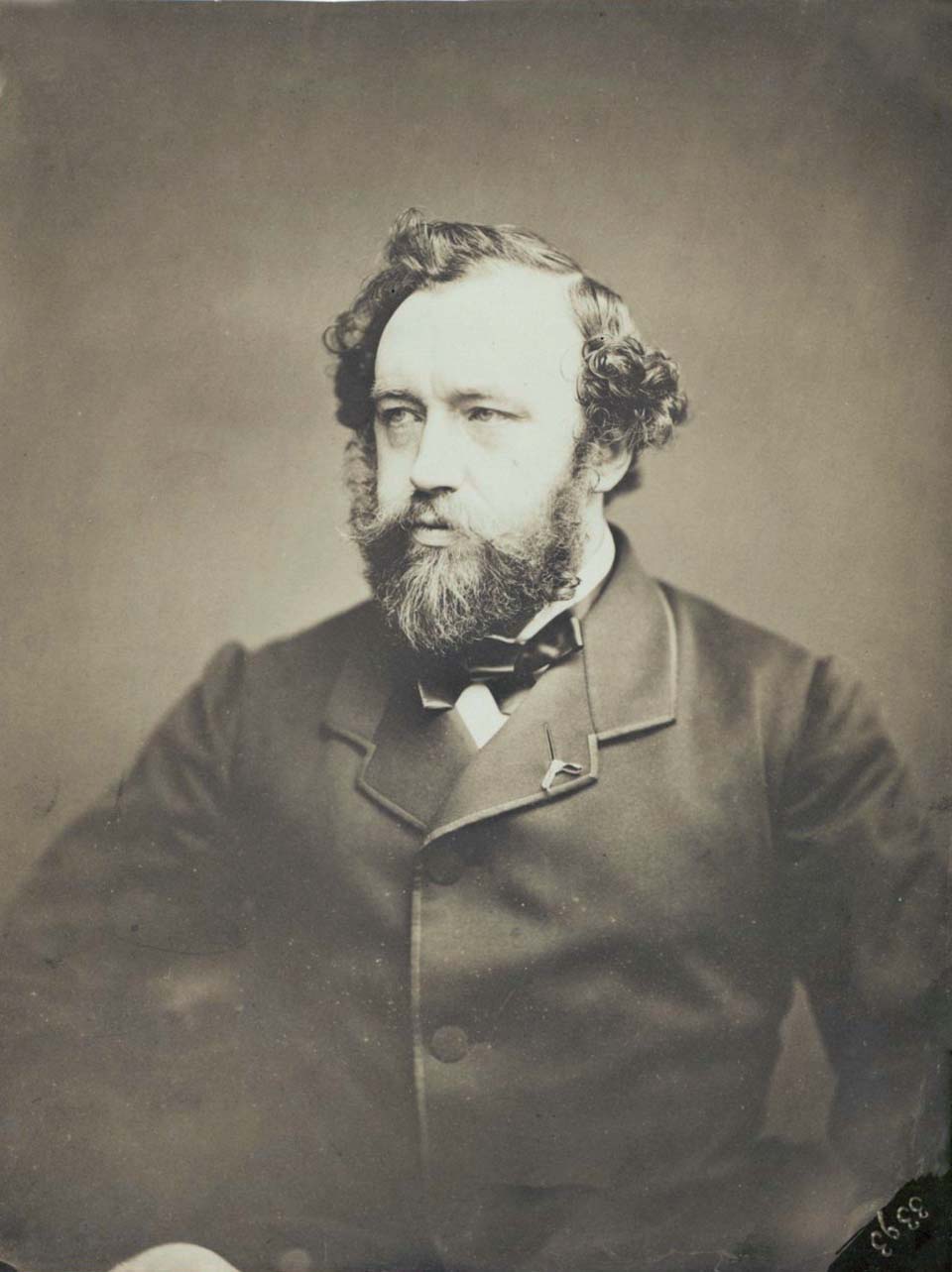
If you were to drive north from France along Belgium’s N96 highway, as I once did many summers ago, the River Meuse would be flowing placidly on your right hand side. The road hugs the river bank for many miles as the Meuse flows north (more or less) through Belgium and the Netherlands before reaching the cold North Sea. About twelve miles from the French border lies the Belgian town of Dinant, dominated by its imposing Collegiate Church of Notre Dame. The town is famous both for its flamiche, a local version of quiche and for the Couque de Dinant, claimed to be Europe’s hardest biscuit which on reflection, seems a curious claim to make. Dinant is also well-known as the birth-place of Antoine-Joseph “Adolphe” Sax who was born in 1814 and whose parents were both instrument designers.
As a child Adolphe was somewhat accident-prone and had several near-death experiences. He once fell from an upper floor of a building, hit his head on a stone and was initially presumed dead. On another occasion he carelessly drank a bowl of acidic water mistaking it for milk and later even managed to swallow a pin. A gunpowder explosion once gave him serious burns and on several occasions he was almost asphyxiated by sleeping in a room where varnished furniture was drying. Later, he fell into a river and nearly drowned.
Having survived all these mishaps Adolphe moved to Paris at the age of twenty-four. There he set to work improving the valved bugle, a standard instrument in French military bands at the time. His instruments were so successful that they became known as saxhorns and were produced in at least seven different sizes. They became the most common brass instrument in bands during the American Civil War but have since mutated into the flugelhorn, tenor horn and euphonium.
Sax invented many different instruments including short-lived novelties like the saxotromba and the saxtuba, but for most people his name is inexorably linked with the saxophone. Although classed as a woodwind instrument and use a reed, saxophones are nearly always made of metal. The first saxophone that he built, around 1841 was an elephantine bass saxophone, which evidently impressed Hector Berlioz who had a penchant for the spectacular. Sax was convinced that his saxophones could enhance the sound of the military band, and within a few years he’d designed an entire saxophone family of fourteen instruments. Most of them have become obsolete and only four remain in regular use today, the soprano, alto, tenor and baritone. The bass sax is almost never heard in classical music although it found a brief period of glory in the jazz bands of the 1920s especially in the hands of that early master of the instrument, Adrian Rollini. The saxophone was originally designed to have a smooth and mellifluous sound and this characteristic tone quality inspired many composers to write for the instrument.
Alexander Glazunov (1865-1936): Concerto for Alto Saxophone and String Orchestra Op 109. Chi-Chun Chen (alt sax), TNUA Chamber Orchestra cond. Po Ying Chen (Duration: 14:54 Video: 1080p HD)
Glazunov was born in St. Petersburg and was the son of a wealthy publisher. He began studying piano at the age of nine and started composing soon afterwards. In later years, he studied with Rimsky-Korsakov and went on to enjoy international fame. He was a prolific composer who completed nine symphonies and several concertos together with a vast array of orchestral works. The lyrical and rather melancholy saxophone concerto dates from 1934, towards the end of his life. It was in fact, his last composition. The music is deeply rooted in Romanticism and it’s become part of the standard saxophone repertoire and a favorite with advanced students. These young musicians from Taiwan give a compelling performance especially the talented soloist Chi-Chun Chen who performs the technically challenging fast passages with tremendous aplomb.
Here’s a chance to see all four saxophones together. In the world of classical music, Marcel Mule (1901-2001) is universally recognized as the greatest master of the saxophone. He was described in one newspaper review as “the Jascha Heifetz of the saxophone”. In 1927, he formed the Marcel Mule Saxophone Quartet which was more of a challenge than it sounds, because at the time no music existed for such an ensemble. Undaunted, Mule began the task of writing arrangements himself and also encouraged many composers to write works for the instrument or the quartet. One of them was Gabriel Pierné, well-known in Paris as an organist and conductor. It was he, who in 1910 conducted the world premiere of Igor Stravinsky’s ballet The Firebird. Pierné wrote the Introduction and Variations in 1934 and dedicated the work to the Marcel Mule Quartet. The music is elegant, charming and unmistakably French and these young musicians, who have memorized the music, give a spirited and eloquent performance. Notice how the low notes of the baritone saxophone add a sumptuous richness to the musical texture.
As well as the saxophone, Belgium also gave the world French fries, although I suppose most Belgians are probably fed up being reminded about it. But we also have to thank Belgium for the contraceptive pill, the Mercator projection, the praline, the jpg conversion, and strangely enough, roller skates.
 |
 |
 |





